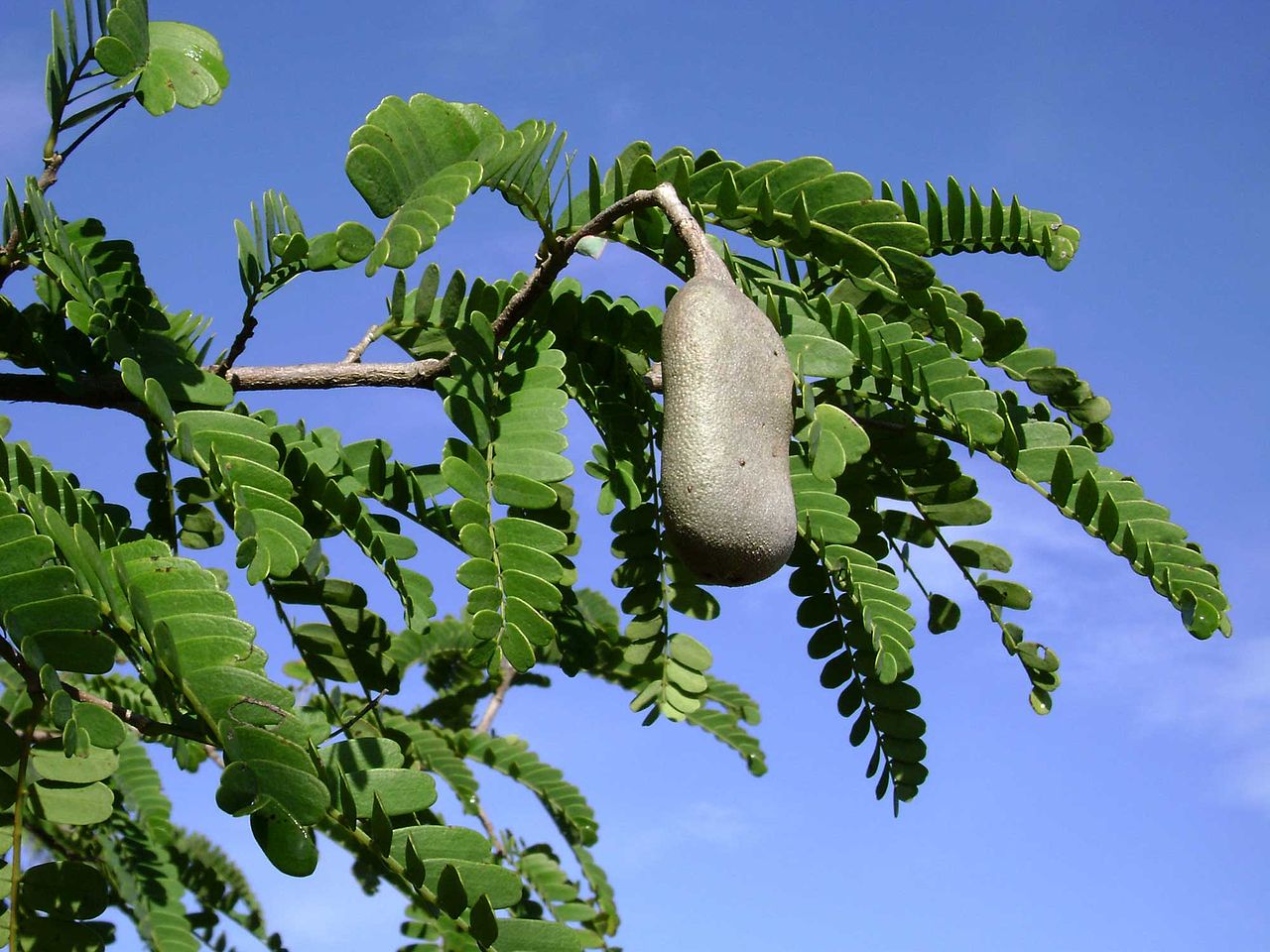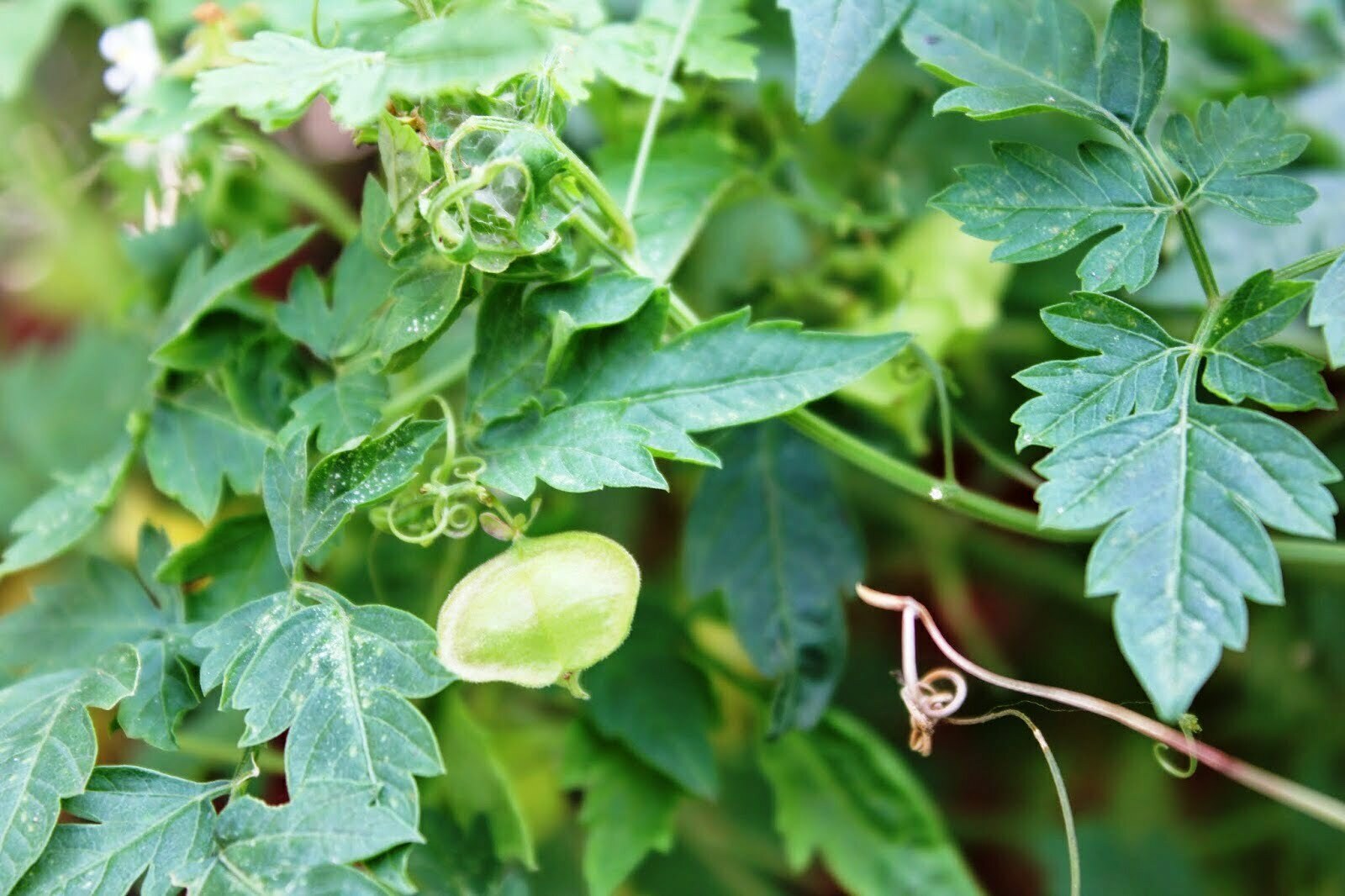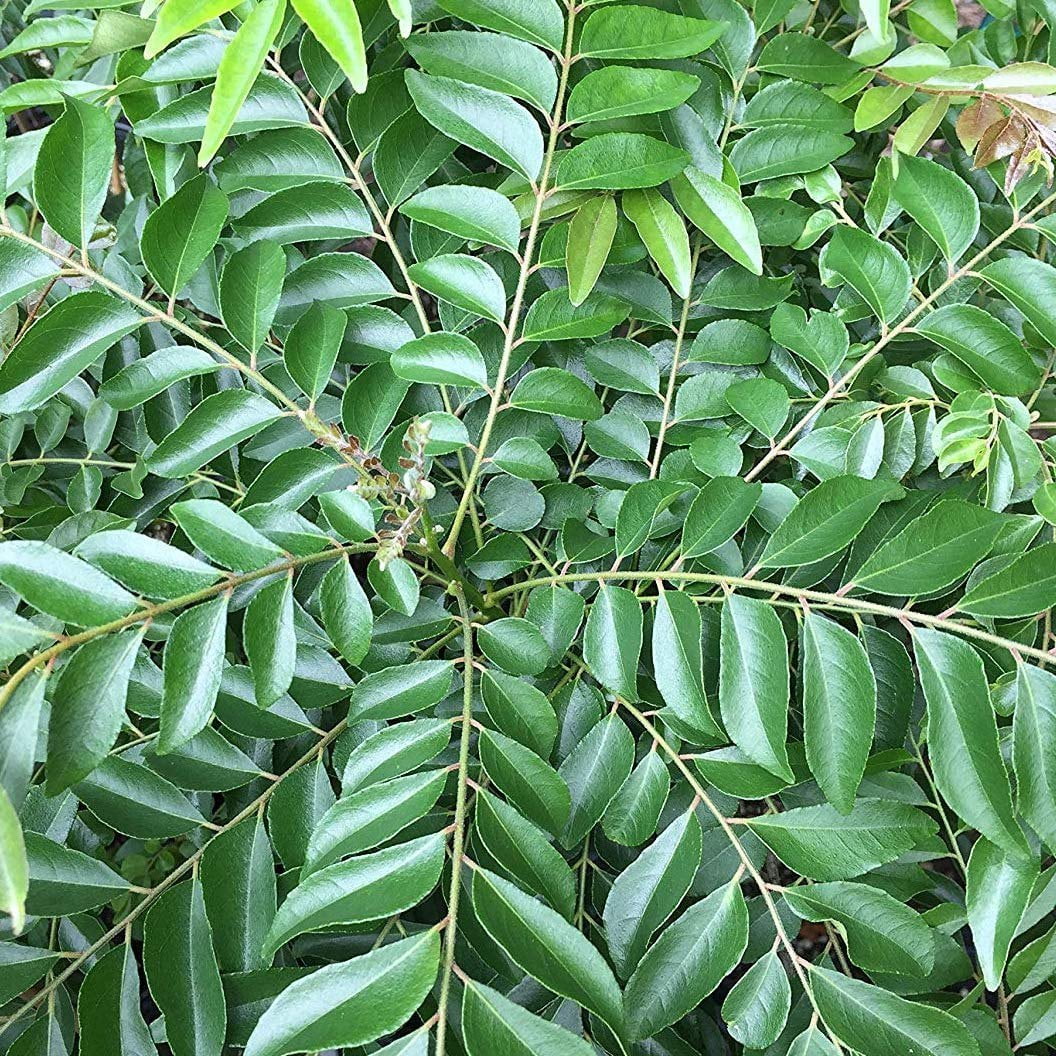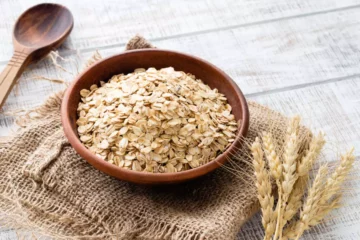Published in the Journal: May 2018
Tamarind is widely known and commonly used in daily cooking, especially the tamarind fruit. However, tamarind leaves also possess a variety of medicinal properties.
Health Benefits of Tamarind Sprouts
Tamarind sprouts are often used in cooking, combined with lentils to make stews, or ground into chutneys. Consuming these sprouts regularly is beneficial for individuals suffering from chronic jaundice, as it helps in managing symptoms.
People with a “cold body” tendency, who are susceptible to cold-related ailments, can benefit from eating tamarind sprouts frequently, as it creates warmth in the body. Tamarind sprouts are also effective for certain eye-related ailments.
Tamarind Leaves for Inflammation
Unlike the sprouts, mature tamarind leaves are not eaten due to their bitter taste. However, they are used externally for treating inflammation. Leaves without stems are heated in neem oil and applied to swollen areas to reduce inflammation effectively.
Wound Healing Properties
Some wounds do not heal easily and may recur even after treatment. In such cases, a decoction of tamarind leaves can be prepared, and wounds can be cleaned with this solution before applying other medications. This treatment helps in faster healing and prevents recurrence.
Relief for Muscle Pain
Certain types of muscle pain are caused by nerve allergies, resulting in soreness and discomfort. Boiling tamarind leaves and applying them warm on the affected muscles provides relief and reduces pain.
Dr. Ko. Satheesh, Dr. Ra. Manimekalai, Dr. Se. Tamilselvi, Dr. Vijayashanthi, Dr. P. Yogameenakshi, Agricultural Science Center, Thirur, Thiruvallur District










